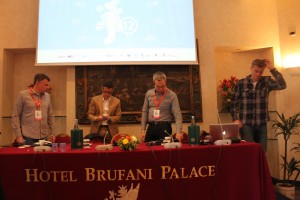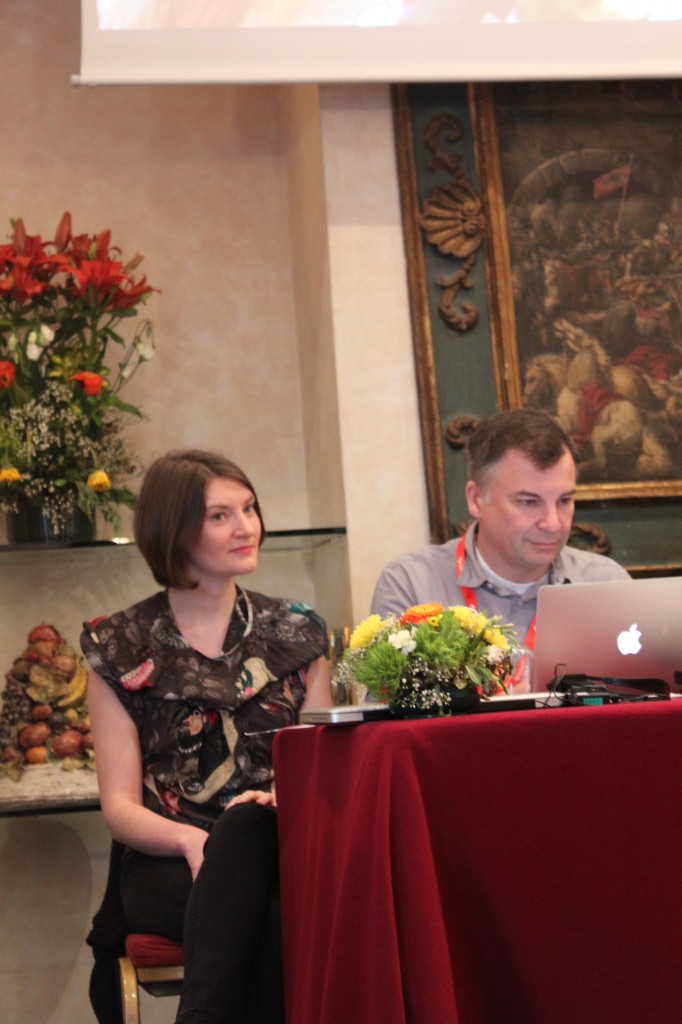Data journalism can save your newsroom…But what from?
The second panel on data journalism held at the International Journalism Festival in Perugia orbited around the question “Can Data Journalism save your newsroom?”.
Simon Rogers of the Guardian Datablog opened the speech and highlighted how the work of a data journalist is strongly linked to the activity of traditional news desks: “We talk to the news desk as much as we can and we make sure that we are part of their conversation and know what they do” explained Rogers, while an overview of some of the Guardian’s data projects ran on the screen behind him.
Information architect and freelance journalist Mirko Lorenz moved the discourse to how data journalism can represent a new and sustainable business model for journalism in general. He drew the attention of the audience to how “media companies are moving out from the attention market they are placed in right now. Social networks are much better at generating attention so news outlets are now moving towards a system based on trust” he said, also adding that trust is a value readers are willing to pay for.
Investigative journalist Caelainn Barr raised a very valid question towards the end of the panel, asking the speakers and the audience at large “what do news rooms actually need to be saved from?”, thus pointing out that the real danger journalism is facing these days is not exclusively based on business models, revenue and sustainability, but is rather dictated by a lack of quality content. “What newsrooms need to be saved from is how news is told and how it is presented. Data journalism does not answer all these questions: to do so we need a change of editorial policy in favour of quality and not output” she said.
Hearing from the best experts in the data journalism field is a unique opportunity to gain insight into the profession and the potential this journalistic practice can offer, however an important side of the topic needs not to be forgotten: how to make sure the message embedded in data stories and visualisations really gets across to the readers.
Aron Pilhofer from the New York Times admitted that, although a crucial point, audience engagement and feedback from the readers is still a work in progress, at least in his workplace.
“I admit we are doing a terrible job on this side. Of course you can see how much traffic a data project can attract, how many visitors, how much time they spend on a page, but this does not tell you if they have grasped the meaning of the story and personally engaged with it. We will need to come up with new ways to engage the audience.”
Claudia Costa


